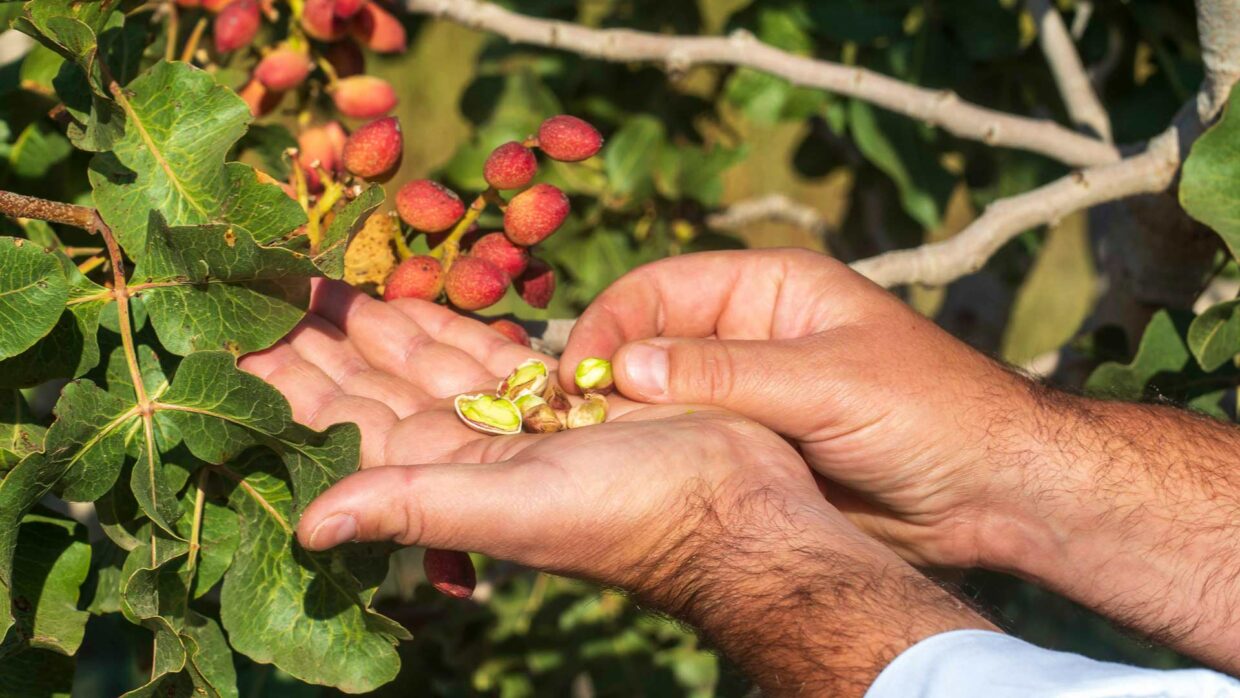The figures speak for themselves: By 2030, Nestlé plans to source 50% of its main ingredients, by volume, from “regenerative” farms. McCain wants to switch all of its potato-growing fields to the system; Pepsi, more-or-less all of its suppliers’ land; and Mondelez, 100% of its European wheat fields. Danone France, meanwhile, plans to have made the switch by 2025.
Marketing, alongside the industry’s concerns for the resilience of its supply base; shareholder pressure – irrespective of the reasons why – and the increasing interest of the food processing industry will change farming practices. But in contrast to other labels, there is currently no regulatory definition for regenerative agriculture. A European tour around several farms committed to this model of production highlights a common purpose, but also a very varied approach.
Five major axis
The UK is a good place to start. After all, the concept originated here and some of the guiding principles were first formulated some 20 years ago. These are: Not turning over the soil, permanent ground cover, maintaining a living root system, crop diversity, and combining livestock and crops. In the UK, Simon Cowell was drawn to the movement right from the beginning. At St Lawrence in Essex, he farms 162ha of coastal land, including marshland soils which he previously found difficult to make into a good seedbed. This encouraged him to give up on ploughing in favour of direct drilling.
Simon Cowell gave up ploughing in favour of no-till farming.
United Kingdom
Another of Simon’s goals was to reduce his input costs. “I got interested in soil and how it works, which then led to reductions in fertiliser and fungicide use,” he reports.
Switching to foliar fertiliser enabled him to reduce his nitrogen requirement by around 30%, and he has stopped using phosphate and potash altogether, relying on biological processes to make these nutrients available. He applies biostimulants to ensure his crops remain healthy and vigorous and has trialled methods like spraying molasses to enhance soil biology.
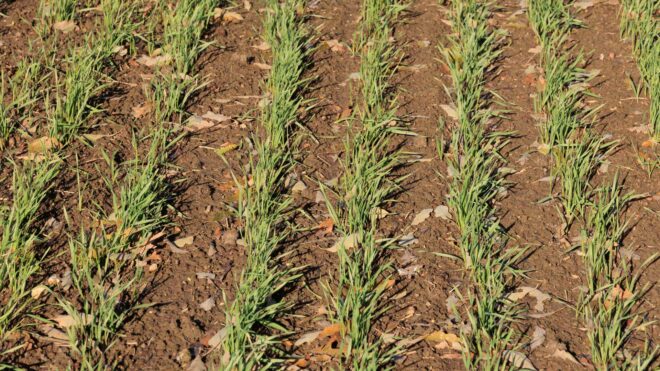
The soil organic matter content is one indicator that the farmer monitors closely: Average levels have increased from 4% to 6.5% since switching to regen practices. “I may not see any further increases in organic matter percentage, but I hope the organic matter will increase deeper in the soil, which will lead to a higher total mass of humus.” However, organic matter is not made entirely from carbon. It also ties up other nutrients, which means that there is a cost to it. But this is balanced by a more active soil biology and an increase in fertility, in the farmer’s eyes.
For Simon, the principles set out at the start must be adapted to the actual situation on-farm. In his case, permanent ground cover and integrating livestock are not suited to his system. “The soil doesn’t dry enough to allow spring drilling into a crop. We would need to kill it off in November, at a time when it is generally too wet to enter the field,” he says.
“And for similar reasons I haven’t introduced livestock. The soil is too heavy for winter grazing. And in this part of the world there aren’t many animals around.” Instead, he relies on crop rotation to improve soil health and structure. “I no longer have a set rotation plan, but make choices for each field individually,” reveals Simon, who grows wheat, barley, oats, beans, linseed and lucerne. “Lucerne is an important crop for us as it stays in place for three years and allows the field to recover. It is harvested three times a year and stays dormant over the winter.”
Lucerne is an important crop for us as it stays in place for three years and allows the field to recover.
Simon Cowell
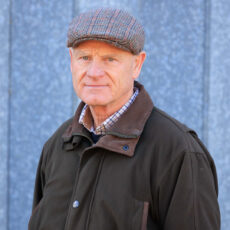
Caring about cover
Farming 240ha in Oise, a department north of Paris, Émeric Duchesnes has been trialling regenerative agriculture for three years as part of the ARA-Blé programme. This is run jointly by the Val France co-operative and McDonalds, with support from the Earthworm foundation. Émeric sees regenerative agriculture as a marketing name given to ecological or conservation agriculture. “It’s a form of production that, above all, takes account of the soil.” At ARA-Blé, the focus is on regional supply chains, reducing input use and storing carbon to increase profitability. While Émeric currently grows only 20ha of wheat under the programme, it has an impact on his entire crop rotation planning (winter wheat, rapeseed, peas, sugar beet and flax).
Emeric Duchesnes introduced multi-species cover crops.
France
“After harvest we systematically sow cover crops, without ploughing. We sow directly after combining, to keep the moisture in the soil for rapid crop emergence and development.” But his approach is not dogmatic. What counts are the results: Before sugar beet, which is grown on a five-year rotation, the farmer allows himself to plough. “I see it like having a toolbox, which enables us to plough when needed, particularly after a wet winter. We mainly plough for sugar beet and try to forget about it for the other crops.”
For cover crop cultivation, Émeric has put together a mixture of six to seven varieties – phacelia to produce biomass to suppress weeds, China radish or sunflower to loosen the soil and vetch and broad beans to fertilise the soil. “The mixture is diverse and its composition remains the same. Nevertheless, the plant population develops differently from year to year.”
Although there has not been enough time to fully evaluate the benefits, some have already emerged. “On August 30 in 40°C heat, there is no life-protecting shadow in the tilled wheat fields, while in the field next to them, under the vegetation cover, it’s only 15°C and earthworms, insects and birds are present.” This is one of the key lessons learned from the programme, and Émeric plans to continue refining his blend of cover varieties. “Today, we think of cover crops as a separate crop on the farm. We put just as much effort into achieving good results as we do with wheat or rapeseed.”
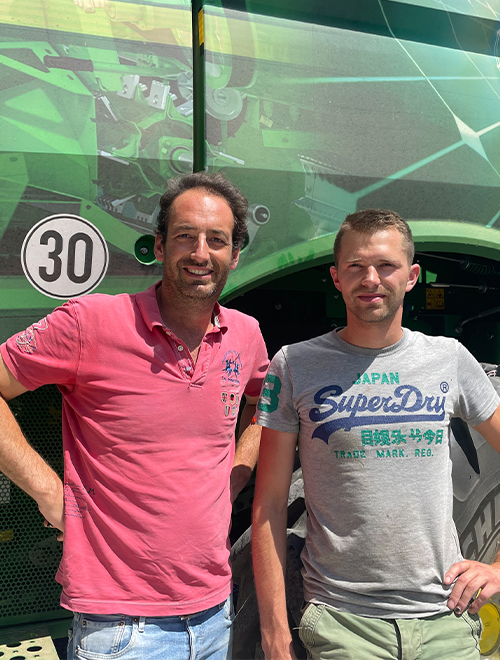

Looking after the soil requires modern machinery. “This allows us to do things that were unthinkable 20 years ago. In particular, the development of direct drills and ever better tyres help us to protect the soil.” The farm has recently purchased a strip-till drill. Émeric admits that the level of investment can be daunting, but contrasts this with the decline in input costs. He is not necessarily hoping for an increase in wheat yields, but rather for more consistent harvests. In an area with highly productive soils, it is the uncertainties of the climate that pose the greatest challenges. “With healthy soils we will be more resilient in both wet and dry years.”
Cattle and reducing pesticides
At Drelsdorf, in northern Germany, dairy farmer Thies Paulsen, who switched to regenerative farming back in 2018, is focusing on combining livestock and crop production. He is convinced that it is impossible to save the climate without cows. His cattle are cherished; 15 litres a day are fed to the calves, and the rest of the milk is sold. On average, his cows stop producing milk at the age of six. Grazing plays an important role in the health of his soil: “The cows’ saliva passes on information to the soil life that is important for the rotting process. It is also important that plants are trampled onto the ground to provide enough organic matter. And finally, there is the manure with its quickly available nitrogen, which stimulates soil life as well.” Another advantage lies in the farm’s slurry, to which Thies adds microbiological additives to increase nutrient availability.
Thies Paulsen has reduced his pesticide use and relies on livestock integration.
Germany
The 140ha are divided, more or less equally, between arable and pasture land. In 2023, Thies’ crop rotation included beans, winter barley, red clover silage, grain maize, spring wheat, winter triticale and maize silage. Like the other farmers, he limits soil movement, having direct drilled for three years, and ensures he looks after his cover crops. However, at present, the system only works with the use of pesticides – albeit at a minimal dose.
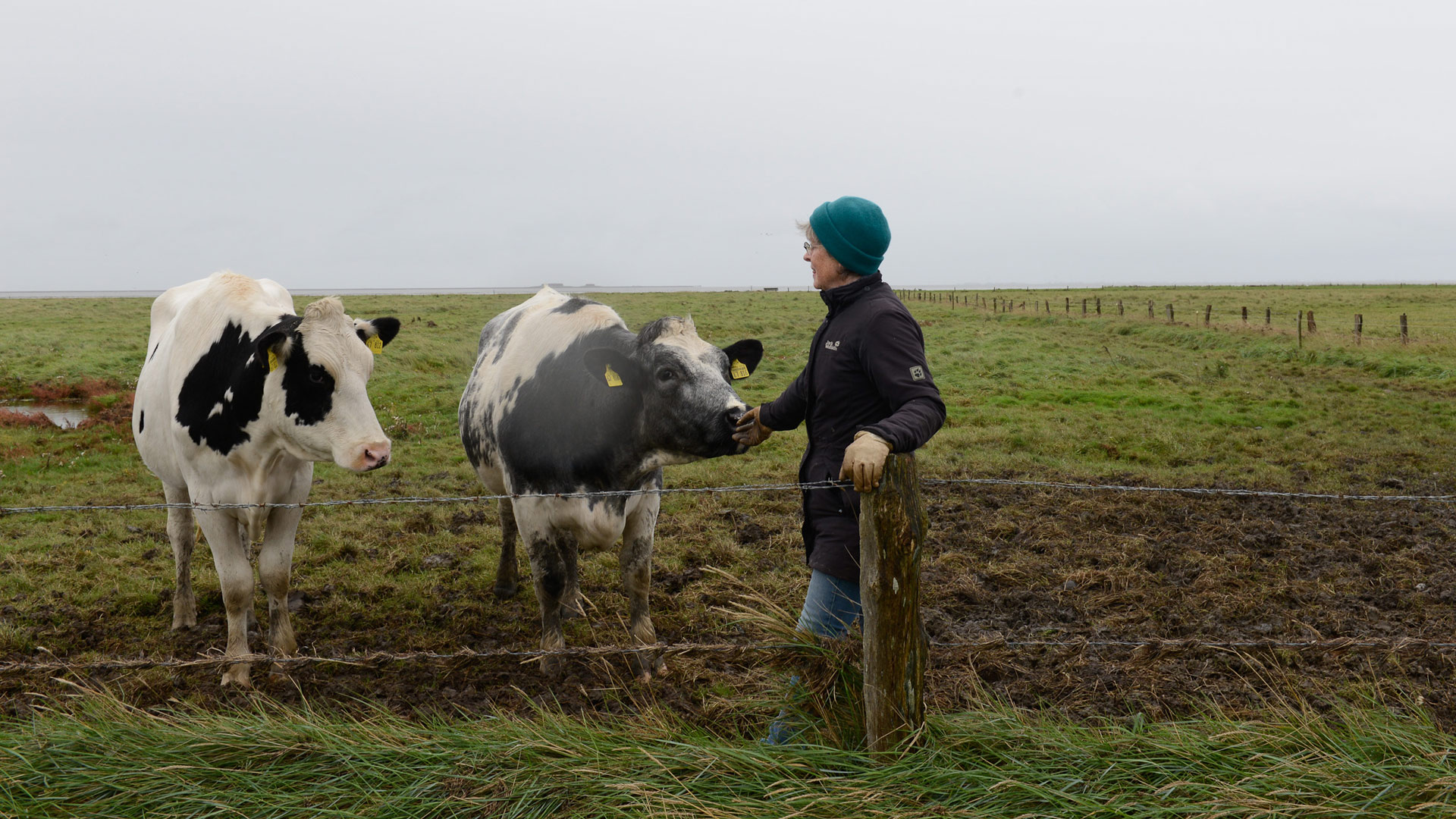
Thies is experimenting for the future: He harvested 6.5t/ha of spring wheat on one field last summer. The straw was removed, then the catch crop mixture was sown, with winter triticale drilled into the emerging catch crops on September 25. Five days later he used glyphosate, primarily to control grass brome, but left one strip untreated. The observation: The triticale survived under nitrogen-collecting cover crops as well as spring wheat regrowth and brome. “Perhaps we can work without glyphosate in the future,” he says happily.
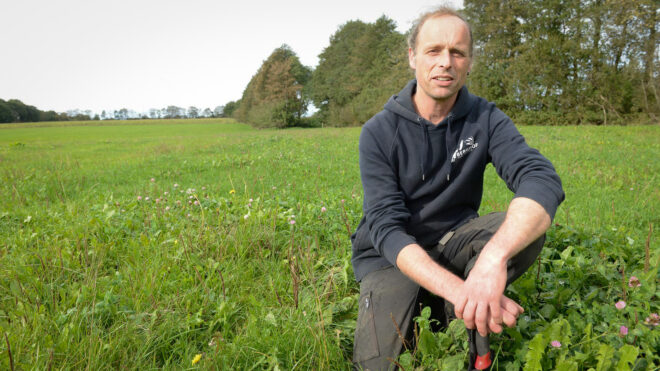
But forgoing fungicide treatments when there is infection at the ear stage – and consequently losing a good crop of grain – contradicts his view of agriculture. Thies sees himself at the interface between conventional and organic agriculture. “Perhaps we as regenerative farmers can build a bridge between these two camps.” But first it’s about developing a sustainable system that sequesters carbon and retains moisture in the soil. “We not only have a CO₂ problem, but also a water problem,” he warns.
Storing Water
In Spain, Manuel Urquiza, farmer and agricultural engineer, advises farms on regenerative agriculture on behalf of the association Alvelal. Even he finds it hard to define regenerative agriculture. He considers it a holistic approach: “Farming that helps improve the quality of food, while preserving and enhancing the soil and countryside. And it must also be profitable.”
Manuel Urquiza plants hedges and implements water-saving measures.
Spain
In his case, tillage is minimal, using different harrows. To encourage fungi and beneficial bacteria and increase organic matter, a compost made from olive waste and manure is applied as fresh as possible. Here, in the plateaus of Grenada, mainly nuts (almonds and pistachios) and wine are grown. Among permanent crops, plant cover, whether sown or wild, is just as important. The aim is to achieve as long-lasting cover as possible, even if it will inevitably disappear in the hot summer months with the greatest drought. Therefore, to get the maximum benefit from the residue, it is mowed in a timely manner.
Like his colleagues, Manuel sees many connecting points between conventional and organic approaches in regenerative agriculture. Proof of this is the attention that is given to biodiversity, which plays an important role in controlling both pollution and pests, with the help of beneficial insects, mites, and useful nematodes. Alvelal supports the planting of “living” hedges consisting of fennel, rosemary, and lavender. A study by the University of Almeria shows more than a 30% increase in biodiversity in regenerative rural areas, helping to reduce the impact of parasites and diseases.
Harvesting regen ag almonds
The improved nutrient profile suggests interesting prospects for the agri-food sector.
However, the main problem in this part of southern Europe is without doubt the chronic lack of water: 250mm falls across the region each year, often concentrated into just a few weeks. Therefore, special attention is given to rainwater storage, either in ponds or in the soil. Infiltration trenches, water-retaining borders, and ponds have been built. “The methods used have to be appropriate to the financial resources available to farmers,” notes Manuel. “On large farms, we create reservoirs and terraces.”
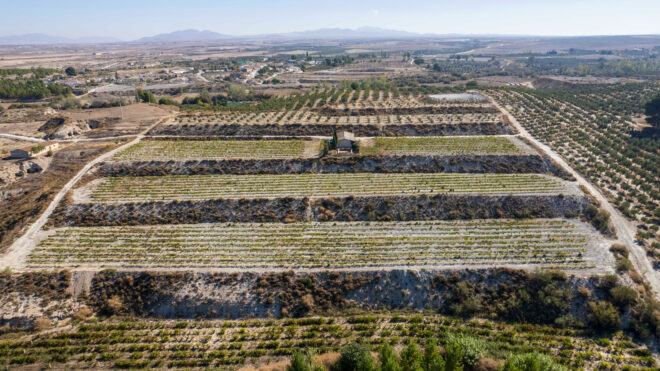
One of the frequently cited advantages of regen agriculture is the nutrient composition of the end products. Manuel has no doubt about that. “Analysis has shown that microbial enrichment increases both the polyphenol content in the grapes and the bioactive components in the almonds.” This gives hope that such added value will attract broader interest. In addition to reducing inputs and improving resilience, adding value is also necessary to finance the change promised by the food industry.



